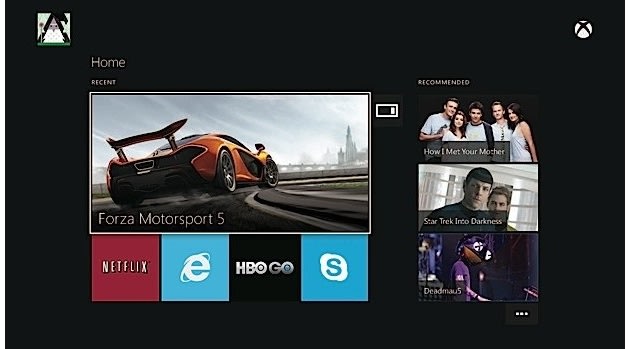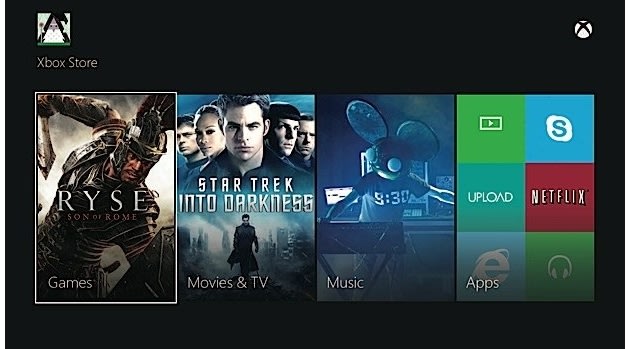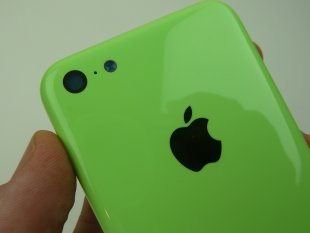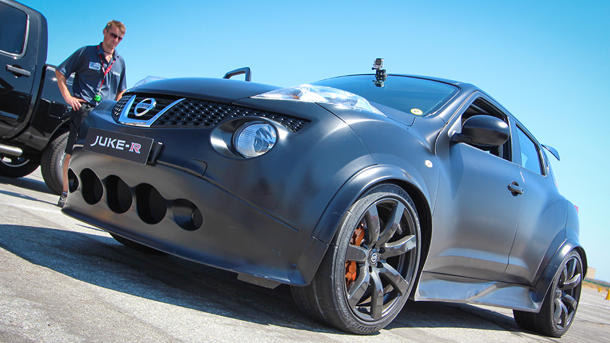
Lilly is not pretty. Rather tall and ungainly, she towers over the other models Nissan brought to the high-performance track at the quadrennial “Nissan 360” worldwide media program, hosted this time at the Great Park of Orange County, Calif., formerly known as El Toro Marine Base.
But Lilly is an object of lust such that this writer, and many other car wags lucky enough to get near her, will never forget.
“Lilly,” is a Nissan Juke-R, the first one ever built, and one of only four in existence. We’re not really sure who asked the question that resulted in the creation of the Juke-R, but we’re relatively sure it started with “Gee, wouldn’t it be funny if we stuffed the rip-snortin’ twin-turbocharged V-6 engine and all-wheel drivetrain of our insanely fast GT-R supercar to the body and interior of the tiny Juke crossover?” Or perhaps it was one steely-eyed engineer looking across the table at another, saying, “I double dog dare you to turn a Juke into a GT-R.”
However the proposition was made, the outcome is exactly that: a Juke with the soul of a GT-R. When the Juke-R was first announced about two years ago, Nissan called it the “first super-crossover.” But just as the GT-R is nicknamed “Godzilla” by its cult-like fan base, the Juke-R soon became affectionately known as “Babyzilla.” And like Japan’s most famous lizard, the Juke-R is the stuff of legends.
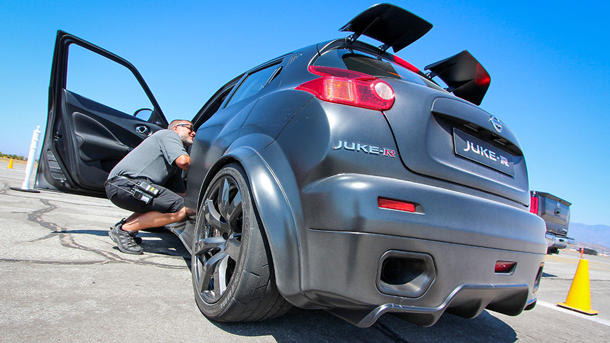
Initially, Nissan and partner Ray Mallock Ltd. (RML) built just two Juke-Rs: “Lilly" and her brother, “Max,” as they are called by their handler, Xavi Cànovas (yes, these cars have their own handler, just like rock stars). Lilly was built using the GT-R’s turbocharged 3.8-liter V-6, which at the time made 485 hp and came mated to a dual-clutch manu-matic transmission and wide, GT-R-based all-wheel-drive underpinnings. The width of the running gear required a completely new floor and wide fender extensions to accommodate the 20-inch wheels and tires. A wild body kit was fitted and all was painted a wicked matte black. At some point, Lilly got a powertrain upgrade. “Rumor has it she’s at about 570 hp, but I don’t know that for sure,” said a Nissan spokesman.
Suffice it to say, Lilly is a badass.
Once word got out about how great the Juke-R turned out, Nissan cobbled together two more for a wealthy customer in the Middle East. Nissan determined that there was sufficient interest for a small production run, and plans to build 23 Juke-Rs in total at a price of $660,000 each.
So it’s rare. Even for automotive journalists, seeing a Juke-R in the flesh is the equivalent of seeing a unicorn, and being offered a chance to actually drive one is akin to grabbing that unicorn’s horn, hopping on and flying through a double rainbow. Yet there she was, sitting on a tarmac in the 90-degree California heat next to two stock GT-Rs, steaming and crackling, waiting for us to take a spin. A flurry of engineers inspected this and that, keeping her in shape between hot laps of the short road coarse Nissan set up on base. I would have one short lap to see what tricks Lilly had up her sleeve.
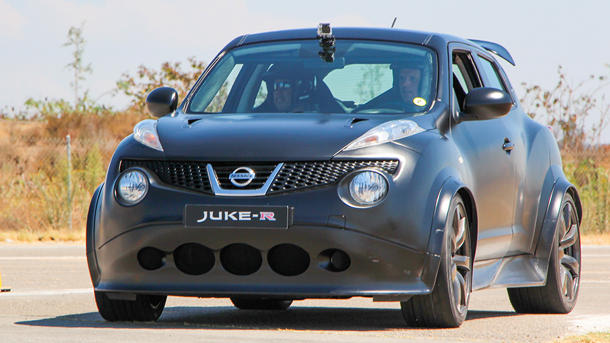
When my turn came, I strapped on my helmet and rushed out between the snarling GT-Rs toward Mr. Cànovas, standing by the open driver’s side door of the Juke. Ingress/egress is rather trickier in the Juke-R than the standard Juke, thanks to its heavily bolstered racing seat and full roll cage blocking some of the door opening (oh, and don’t even think about putting someone in back). Once I folded myself through the door and flopped into the seat, Cànovas adjusted my seat to ensure perfect pedal placement and telescoped the steering wheel to meet my arms. A brief scan of the interior revealed many parts I recognized from the standard Juke (dashboard, door panels, and other trim bits) and other parts that clearly came from the GT-R (sequential transmission shifter, GT-R instrument cluster, and grippy, contoured steering wheel). I shook the hand of the pro driver who would be my guide around the short road course as the four-point racing harness was clasped together at my midriff.
After that, things get a bit blurry, but here’s what I remember: I placed the sequential manual transmission in drive, gripped the wheel, stepped on the go-pedal and shot out of the pits toward the first turn. Immediately, I felt a visceral connection to the road such that I have never felt in a production car before. Indeed, Lilly may be based on two production cars, but as my confidence built over the next few turns, which were accompanied by absolutely zero body roll and spectacular steering feel, I began to connect with it in ways I have only experienced in a racecar. Acceleration is instant — the “shot out of a cannon” cliché is absolutely fitting here — and the deceleration, facilitated by massively powerful brakes, is just as sudden. I was even able to cajole the back end around a touch for a nice polite drift, just as would be possible in the incredible GT-R.
And then the lap was over. Suddenly, we were back in the pits and I was climbing back out through the roll cage bars, panting as I walked around for one more lustful look at Lilly’s decidedly unbeautiful face. The whole encounter lasted maybe a minute, but long enough to leave me awestruck of this wacky machine, and wondering how I could score a second date.

